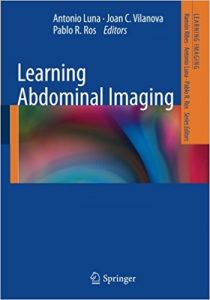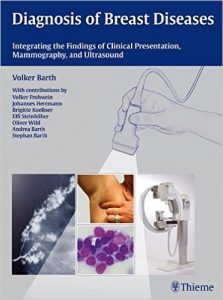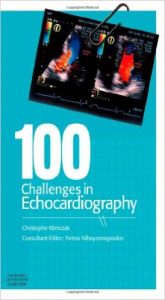Learning Abdominal Imaging (Learning Imaging) 2012th Edition


[amazon template=iframe image2&asin=354088002X]
Review
From the reviews:
“The book is very well organized, and the coverage of common disease entities is clear and succinct. It is richly illustrated and uses all of the current imaging modalities. … it will be of great benefit to the advanced medical student and resident trainee in a specialty other than radiology who is particularly interested in abdominal diseases. It also belongs in the teaching library of every medical school and institution of postgraduate training.” (Bharat Raval, Radiology, Vol. 267 (3), June, 2013)
“This book in its 256 pages is intended to give the reader a review of cases devoted to abdominal imaging, addressing in ten sections … . Ten cases have been chosen for each section, simple as well as complicated or unusual cases highlighting the topic, cases which should and could be of practical use to both physicians in training as well as expert radiologists. … a useful book to be at hand in daily practice.” (G. Beluffi, La radiologia medica, Vol. 118, 2013)
“Learning Abdominal Imaging is a concise guide to recognizing the essential elements of abdominal CT and MRI images for a fast and accurate diagnosis. … Written mainly for beginners to the field of image interpretation … . Clinicians new to interpretation of abdominal images will find this to be a concise and highly informative resource. … Gastroenterologists, emergency medicine physicians, primary care practitioners and others who require a working knowledge of abdominal imaging in their daily practice should read this book.” (Medical Science Books, May, 2012)


















